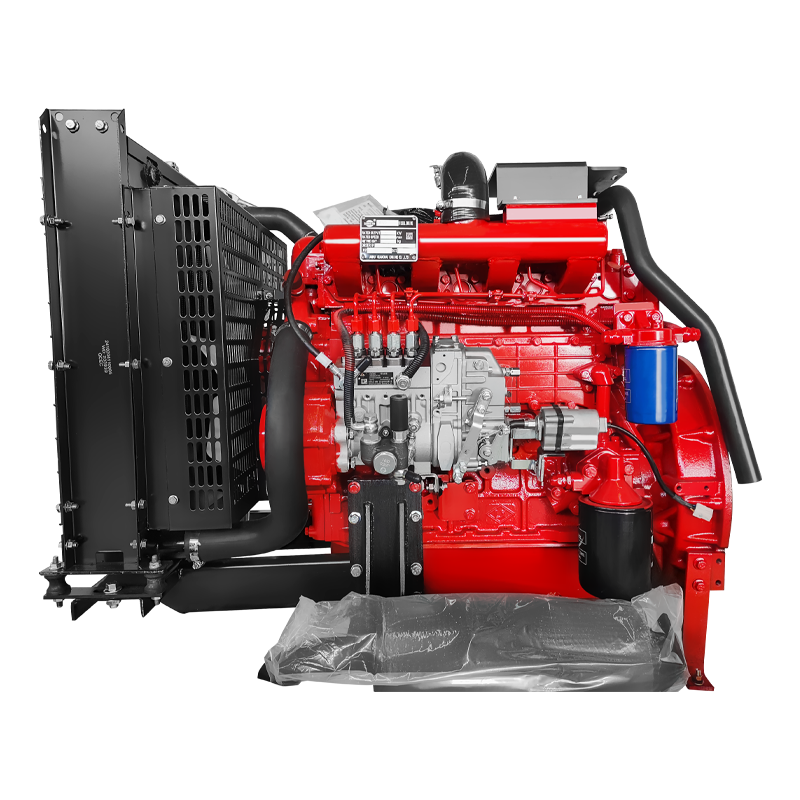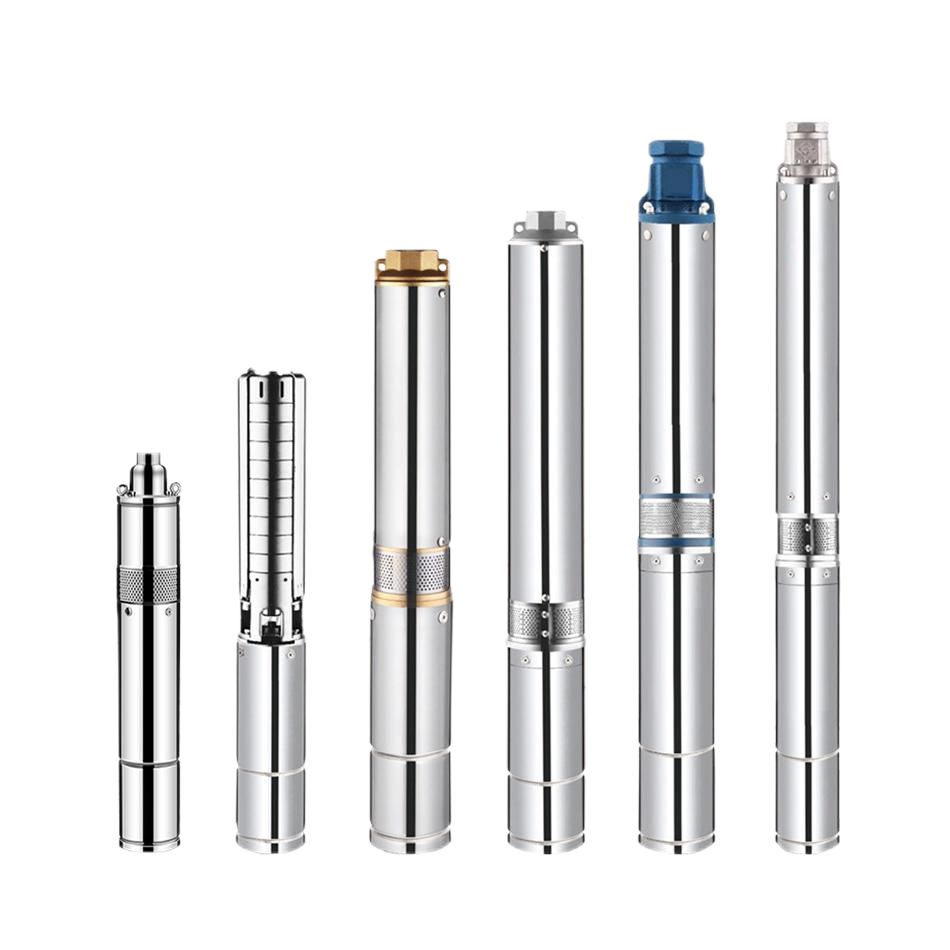Pumps are essential components in various industries, from agriculture to manufacturing. When a pump fails to start, can cause significant downtime and loss of productivity. Understanding the common reasons why a pump may not start can help you troubleshoot the issue effectively. Here are eight reasons to consider:
1. Low Power Supply Voltage or Power Outage
One of the most common reasons a pump won't start is inadequate power supply. If the voltage is too low or there's a complete power outage, the pump will not operate. Always check the power source and ensure the voltage levels meet the manufacturer's specifications.
2. Burned-Out Capacitor
Capacitors play a crucial role in starting electric motors. If the capacitor is burned out, the motor will struggle to initiate. Inspecting and replacing a faulty capacitor can often resolve starting issues.
3. Stuck Rotor or Severe Friction
Mechanical issues such as a stuck rotor or excessive friction can prevent the pump from starting. This may result from debris buildup or wear over time. Regular maintenance and inspections can help identify and rectify this issue before it leads to pump failure.
4. Low Safety Protection Current
If the safety protection current is too low due to a narrow circuit, the pump may not receive enough power to start. Ensuring your wiring complies with safety standards and is appropriately sized can prevent this problem.
5. Damaged Bearings
Bearings support the rotating parts of the pump. If they are damaged or worn, they can cause the pump to seize. Regularly checking and replacing bearings can prolong the life of your pump and ensure smooth operation.
6. Failed Axial Force Balancing Device
The axial force balancing device helps maintain proper alignment and prevents excessive wear. If this device fails, misalignment and starting problems may result. Make sure this component is functioning properly during maintenance checks.
7. Missing Phase in Power Supply
For three-phase pumps, a missing phase can cause the motor to fail to start. Always check that all phases of the power supply are operational. If you notice any discrepancies, consult an electrician for repairs.
8. Stuck Impeller
A stuck impeller can result from sediment buildup or corrosion. If the impeller is not free to rotate, the pump will not start. Regular cleaning and maintenance can help prevent this issue.
Conclusion
Understanding the reasons why your pump may not start is crucial for maintaining operational efficiency. Regular maintenance and timely inspections can help identify these issues avoid costly downtime. By addressing these common problems, you can ensure that your pump operates smoothly and effectively, keeping your processes running without interruption.
Final Tips
Regular Maintenance: Schedule routine checks to catch potential issues early.
Consult Professionals: If you're unsure about repairs, consult a professional technician.
Stay Informed: Follow the latest industry standards and practices to ensure good pump performance
By being proactive, you can minimize the chances of a pump failure and enhance its longevity.
 English
English عربى
عربى
 Fire Pump and System
Fire Pump and System Split Case Pump
Split Case Pump Engine and Pump
Engine and Pump Long Shaft Pump
Long Shaft Pump Multistage pump
Multistage pump Water Supplier System
Water Supplier System Sewage Pump
Sewage Pump Industrial Pump
Industrial Pump Self-Priming Pump
Self-Priming Pump Inline Pump
Inline Pump Domestic Pump
Domestic Pump Electric Motor
Electric Motor Borehole Pump
Borehole Pump








